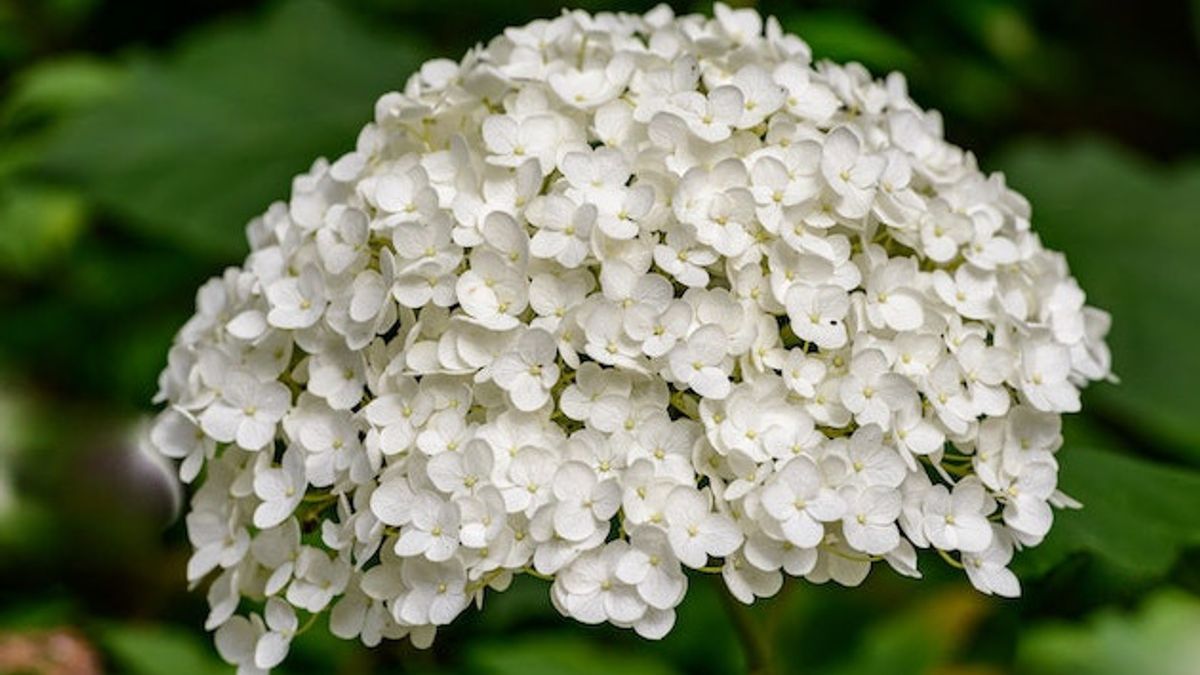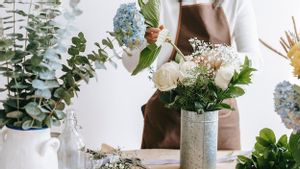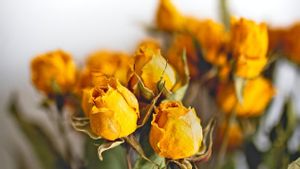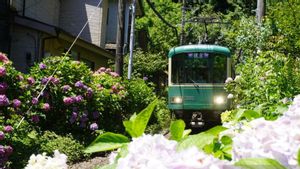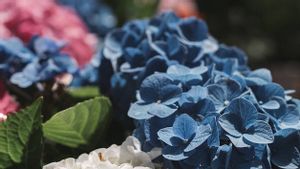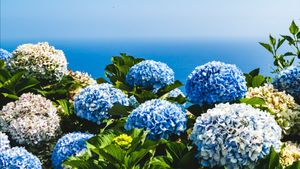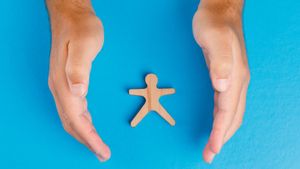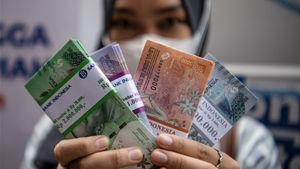JAKARTA - Suns yellowing on hydrangea certainly reduce the aesthetics of the appearance of this plant with the characteristics of this large flower. Having a variety of colors from light green to dark green, hyderangea leaves provide a contrasting background for fantastic flower blooms.
Different patterns and levels of chlorosis in the leaves provide clues in finding and fixing problems. If hydrangeas leaves start to change color, consider eight common causes of hyderangea yellowing leaves and tips on returning your plant to its best look and condition.
Hydrarangea plant leaves often look wilted when exposed to the afternoon sun. If in the evening or morning the leaf looks still weak, then it could be that your hydrangea is excess water because it is watered too often.
The wilted leaves will turn yellow, then brown, tensile, and eventually fall out. Other signs include growth of dwarfs, less and smaller blooms, and wilted-looking blooms. If left unchecked, hydrangea will experience root decay.
Check the soil moisture around the base of the plant by inserting a 4-inch deep finger or using a humidity gauge. If the soil is too wet and soft, hydrangea is too much water. Holding back the water until the soil drys may be able to overcome this problem.
But if the leaves continue to turn yellow and wither, you need to take action such as removing plants from the ground and cutting roots that are not white and turbulent. Then, replanting in a new location and intermitting sand into the ground for better drainage.
Lack of water also causes yellowing leaves with brown edges and a dry texture. Don't try to fix the problem by watering excessively because this can worsen the situation.
Do deep irrigation until the soil surface is rather humid and increases frequency over time. Remember, deep watering two to three times a week is usually enough. Add mulce to help maintain soil moisture.
اقرأ أيضا:
Hydrangea grows better in sandy clay than in clay. This increases the possibility of overwatering.
Choose a location with soil that has good drainage and avoids rainwater puddle areas. Ground drainage tests by digging a hole 6 to 8 inches deep, pouring water, and paying attention to how quickly the soil can absorb water. Adding compost and sand into the soil around hydrangeas can help increase drainage.
Another factor that affects leaf growth is sunlight. Too many direct sunlight that is bright during the day can turn the leaves yellow, brown, and the texture thick.
Too many rays can cause problems. Even if there is a lack of light. When plants lack sufficient sunlight, photosynthesis slows down and disrupts chlorophyll production, a nutrient that keeps the leaves green.
Planting in poor quality soil contributes to many problems that cause yellowing leaves. You can do a home test to check the appropriate pH levels. Hydrangea requires slightly acidic soil with a pH rate of 5.0 to 6.5. Raise the soil pH by adding lime. Add aluminum sulfate to lower the pH.
Hydrangea is prone to fungal, bacterial, and viral diseases. The Hydrangea mosaic virus and the tomato ringpot virus cause the leaves to turn yellow. Good sanitation practices help prevent the mosaic virus. Use a sterile tool to trim and spray your pruning between cuts to prevent potential spread. The flowerpot virus is caused by nematodes. You can look for disease-resistant hydrangean varieties.
Pests carry and spread disease. Pests such as two-spoted spider mites cause changes in leaf color and damage plants. White and yellow spots are followed by holes and eventually defoliation is a sign of hydrangea being attacked by pests. Early signs of spider mites include smooth wovenness. Check the bottom of the leaves whether there is damage and apply neem oil or horticulture.
Reporting from The Spruce, August 21, in order to repair yellow hydrangea leaves with wet soil, delay watering to give soil time to dry up. Adjust the soil pH to the correct level. Spray the leaves with seaweed extract or use epsom salt solution into the soil around the hydrangea.
The English, Chinese, Japanese, Arabic, and French versions are automatically generated by the AI. So there may still be inaccuracies in translating, please always see Indonesian as our main language. (system supported by DigitalSiber.id)
